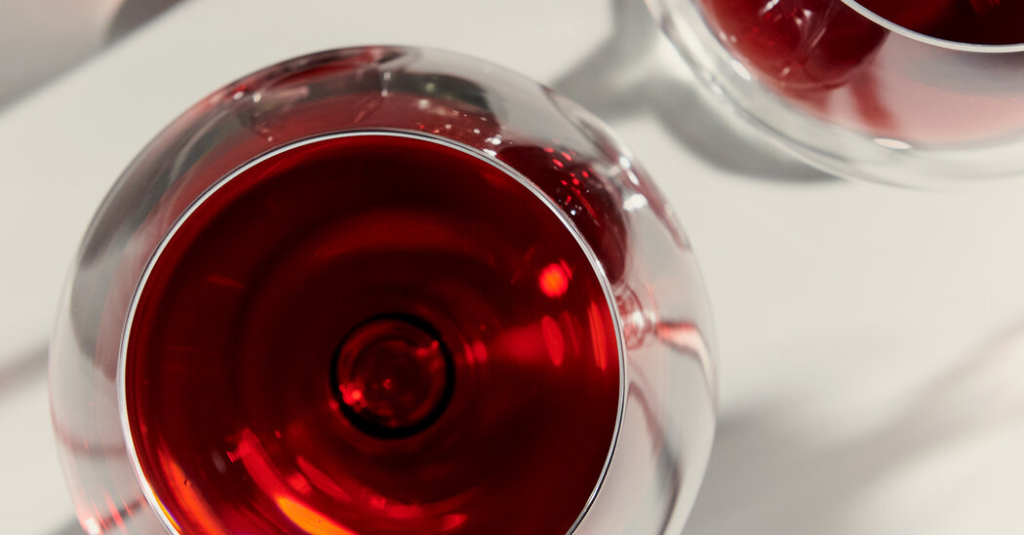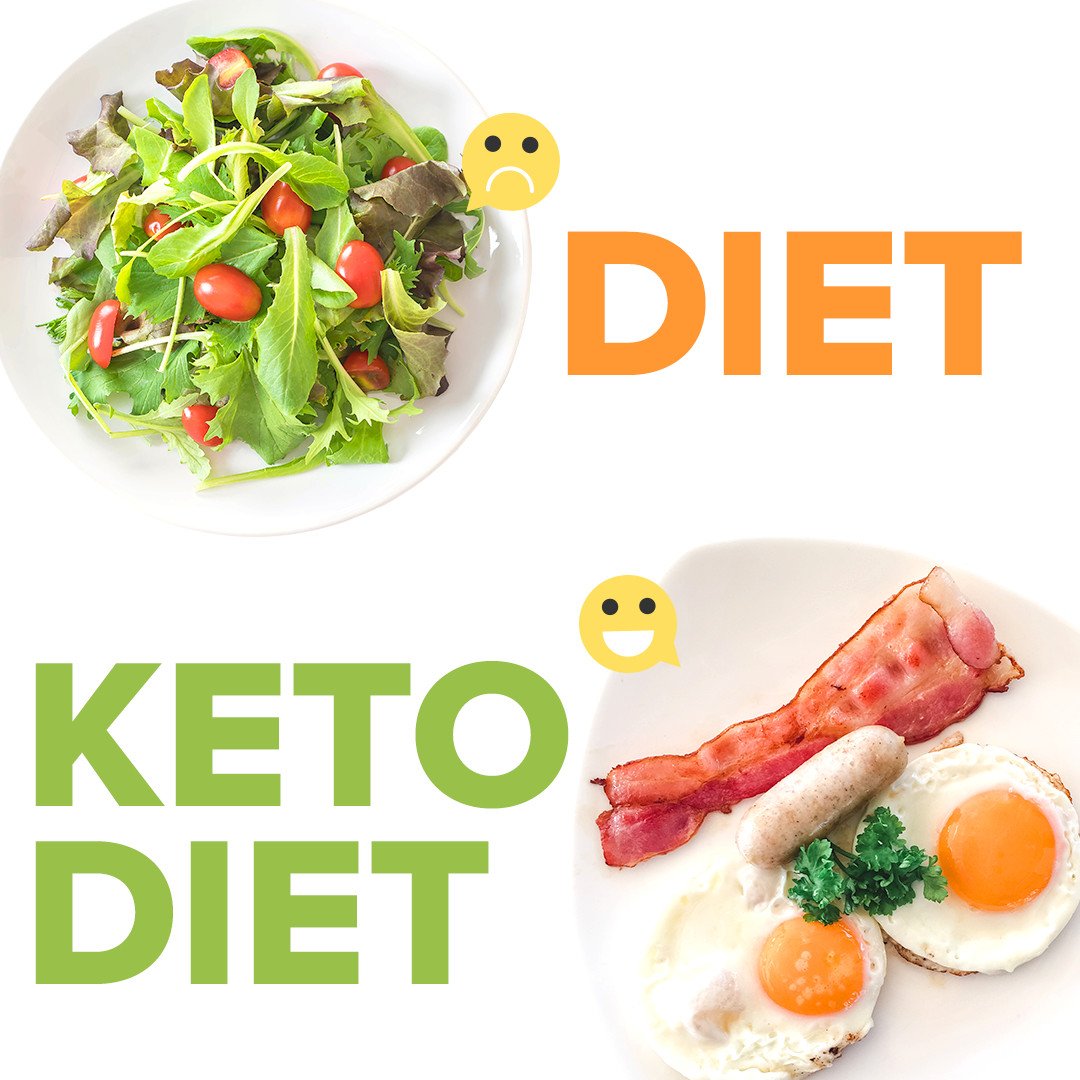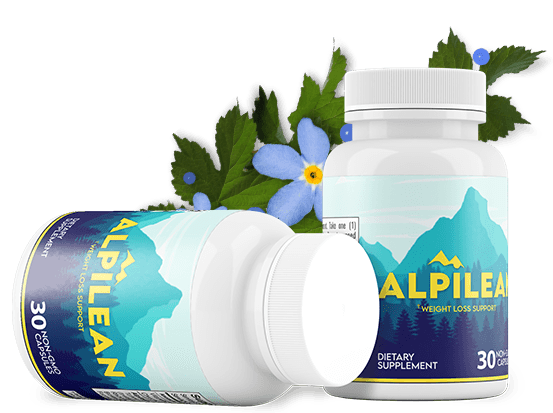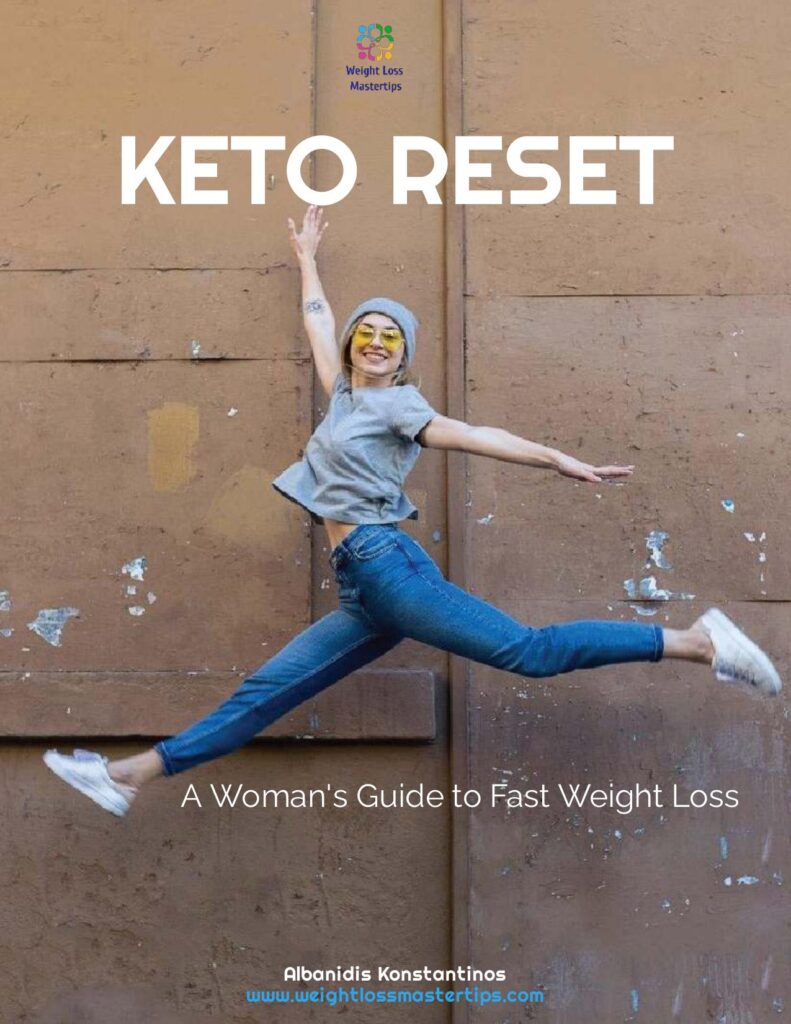In a 1991 phase of “60 Minutes,” the CBS correspondent Morley Safer requested the way it may very well be that the French loved high-fat meals like pâté, butter and triple crème Brie, but had decrease charges of coronary heart illness than individuals in america.
“The reply to the riddle, the reason of the paradox, could lie on this inviting glass,” Mr. Safer stated, elevating a glass of purple wine to viewers.
Medical doctors believed, Mr. Safer stated, that wine had “a flushing impact” that prevented blood clot-forming cells from clinging to artery partitions. This, in keeping with a French researcher who was featured within the phase, may reduce the risk of a blockage and, subsequently, the chance of a coronary heart assault.
On the time, several studies had supported this idea, stated Tim Stockwell, an epidemiologist on the Canadian Institute for Substance Use Analysis. And researchers had been discovering that the Mediterranean diet, which has historically inspired a glass or two of purple wine with meals, was a heart-healthy method of consuming, he added.
But it surely wasn’t till the “60 Minutes” phase that the concept of purple wine as a virtuous well being drink went “viral,” he stated.
Inside a 12 months after the present aired, red wine sales in the United States jumped 40 percent.
It could take many years for the glow of wine’s well being halo to fade.









